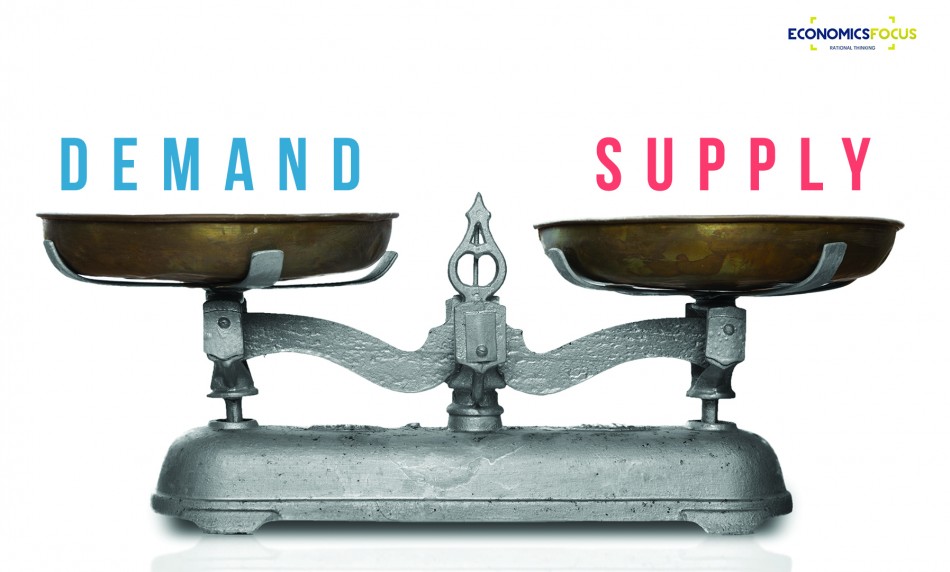Elasticity of Demand and Supply
In relation to the Theory of Demand and Supply prepared by our JC Economics Tutor Simon Ng from Economicsfocus it is crucial to understand the elasticity of demand and supply concepts, namely the Price Elasticity of Demand (PED) and Price Elasticity of Supply (PES). These concepts will be useful in showing the extent of change in price and quantity of goods and services in different markets. Conceptual application to various markets, like food and smartphone industries, will be shown to demonstrate how these concepts can be used to understand the market strategies employed by producers.



